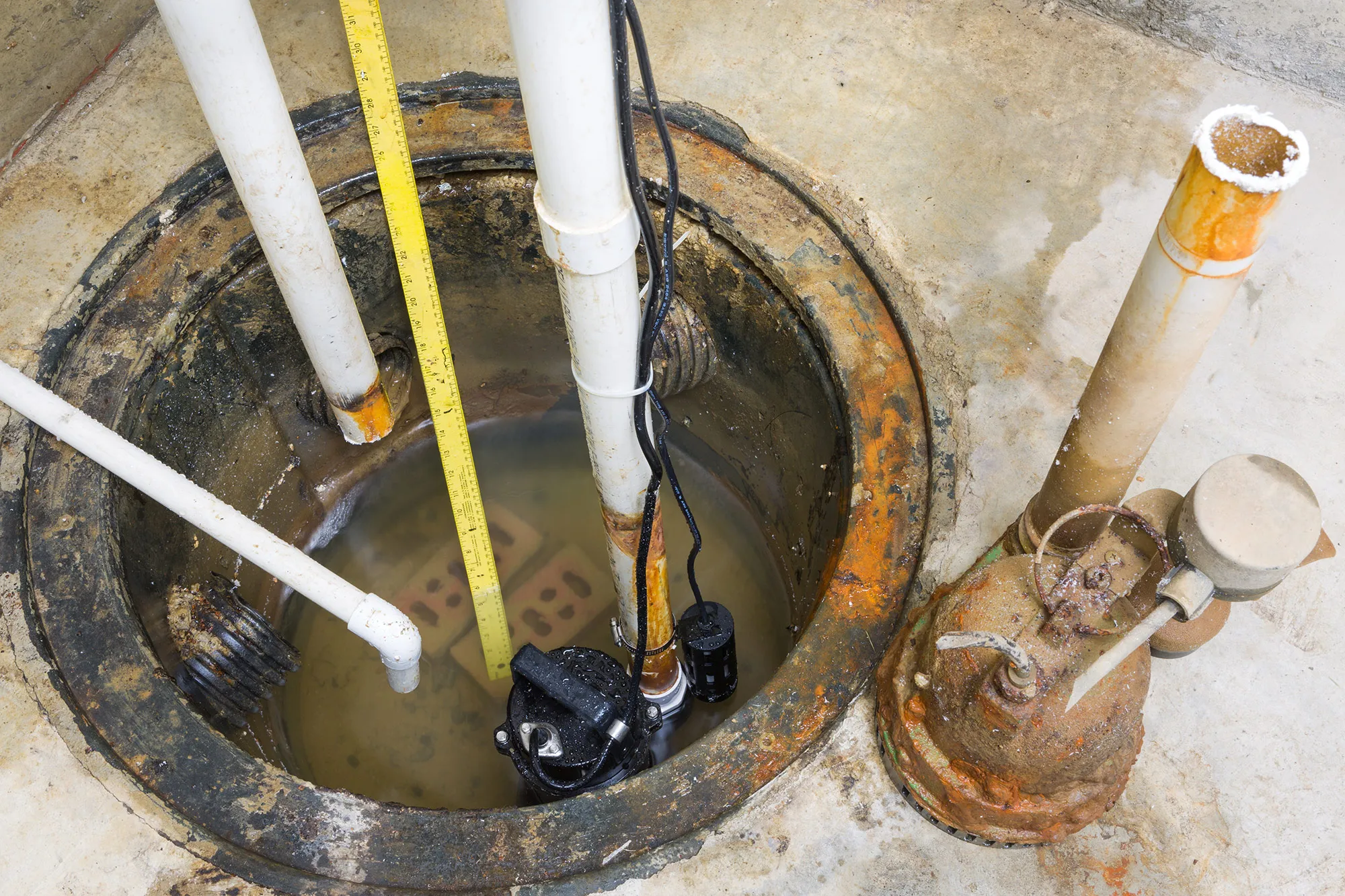
Sump pumps are vital weapons in the fight against basement flooding, particularly in regions where there is a high likelihood of precipitation or high water tables. Sump pumps are essential for keeping a basement dry and secure because they divert water away from a home’s foundation. Sump pumps provide many advantages, but they also have certain disadvantages. This article discusses the possible problems with sump pumps, including their cost, maintenance, and operation-related difficulties.
Setup and Initial Expenses:
The initial cost of sump pump’s purchase and installation is one of its main disadvantages. Professional installation by an expert like https://www.plumbersingapore.org/exposed-copper-pipe-leak-repair/ can significantly increase the price of a high-quality sump pump as they provide you with high-quality work. This cost barrier might be a major disadvantage for those on a tight budget. The installation process can also include drilling into the basement floor and the creation of a sump pit, both of which can cause major problems and demand a lot of labor.
Reliance on Power:
Electricity is necessary for the operation of Sump Pumps’ Negatives. Without a backup power source, sump pumps will not function during power failures, which frequently occur in conjunction with severe weather that could lead to flooding. Generators and battery backups can help with this, but they are more expensive and need more maintenance in the future. Major water damage can occur during power outages if homeowners do not have a reliable backup system.
Things That Need Regular Upkeep:
A sump pump will only work efficiently if serviced regularly. Homeowners need to clean the inlet screen, test the float switch, check the pump for debris periodically, and make sure the output line is clear. Pump failure under extreme circumstances can result from ignoring these tasks. For extra maintenance, battery backups need to be tested and replaced on a frequent basis. These upkeep requirements can be burdensome and easily neglected by many homeowners. https://www.plumbersingapore.org/ can assist with the upkeep and help avoid costly repairs in the future.
Risk of Mechanical Breakdown:
Sump pumps may fail and break down just like any other mechanical component. Motor burnout, switch problems, and impeller damage are common issues. Sump pumps have moving parts that might wear down eventually, even if they are maintained on a regular basis. Water damage from a sump pump failure can be expensive and widespread. It can be complicated and a financial burden to fix or replace a broken pump.
Disturbances and Vibrations:
It can be very loud when sump pumps work, especially older or less expensive models. People who live in homes with basements may find the continual noise of the engine and pump to be rather annoying. Sometimes, the noise that the pump’s vibrations produce can even pass through the house. A lot of homeowners still complain about how noisy Sump Pumps’ Negatives are, even if there are newer models that are quieter.
Utilization of Basement Space:
It is necessary to set aside space in the basement for the sump pit and the pump when installing a sump pump. This may reduce the amount of space that may be used as a living area or for storage in the basement, that can be a major disadvantage for homeowners. It might also be necessary to come up with creative methods to fit a sump pit into the basement’s architecture because they can be ugly.
Over-Reliance On One Component:
Sump pumps are frequently the most fragile point in a home’s flood protection plan. Flood can occur in the basement if the pump stops working for any reason, such as a clog, mechanical failure, or power outage. Homes in flood-prone areas are particularly vulnerable to the dangers of being overly dependent on a single device. It is advised to reduce this risk by trying different flood mitigation techniques, such as waterproofing and drainage systems, but doing so increases complications and cost.





